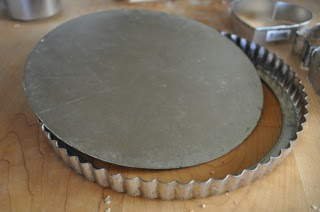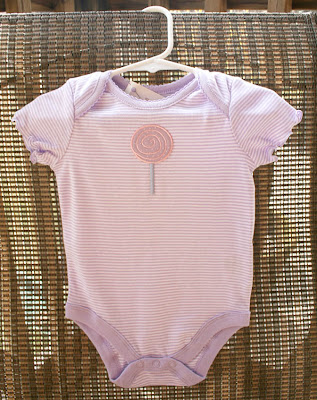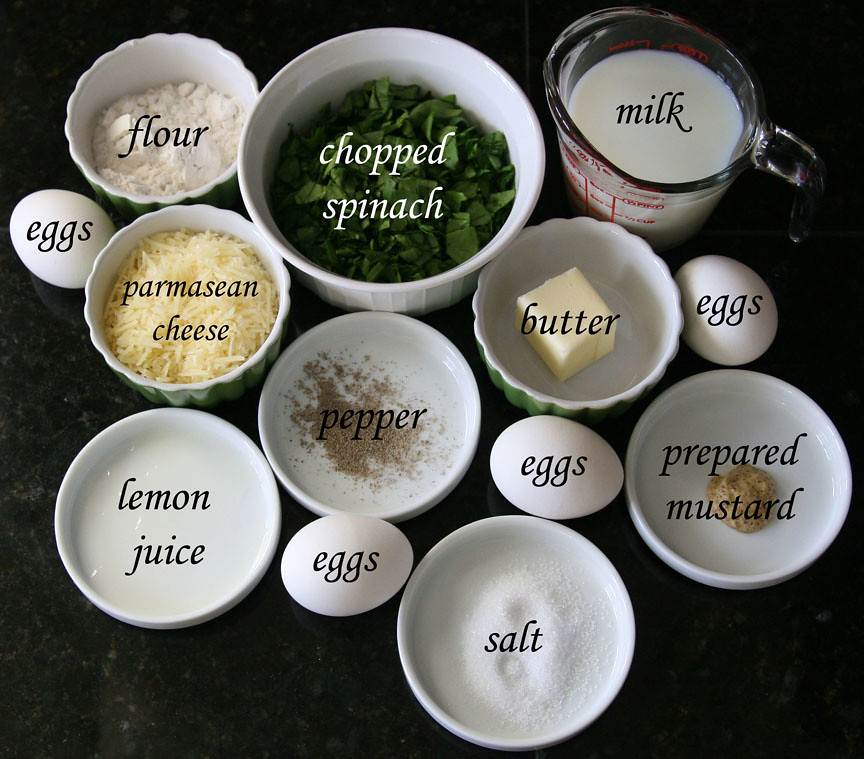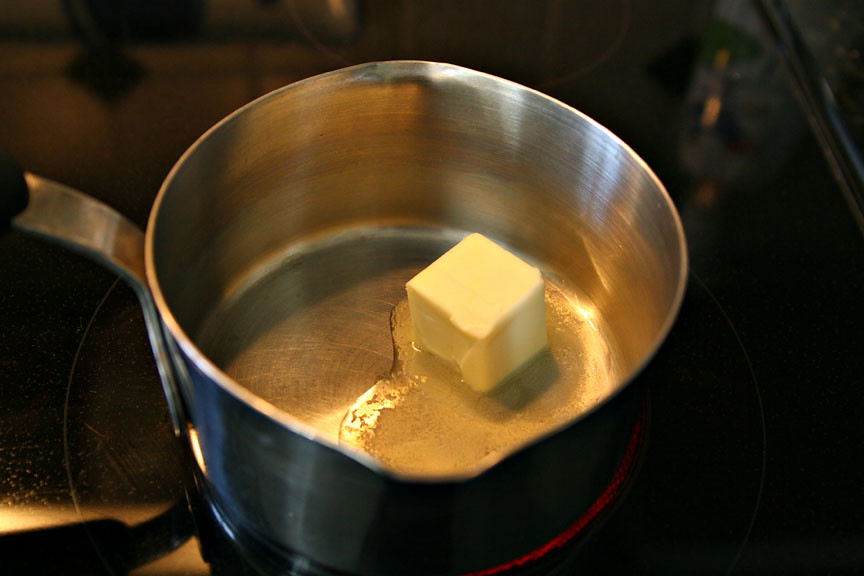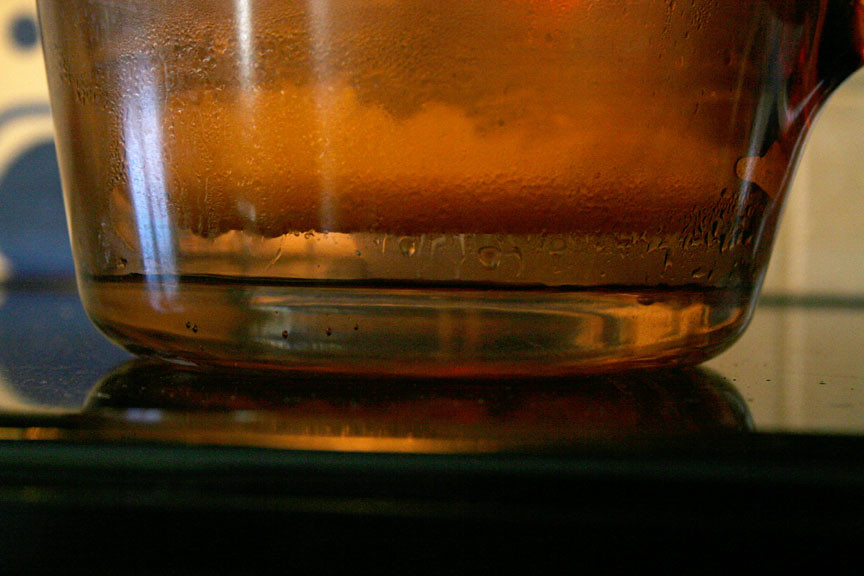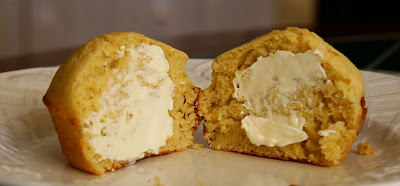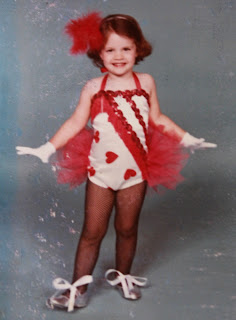I loved Jack Bass. He's gone now. But I still love him.
I didn't want to. Love him, that is. But I fell, just like anyone who met him, heard him speak, and became captivated by his intelligence, wit, and charm.
I didn't want to love him because of his advanced age and poor health. I knew he was somewhat living on borrowed time and I never was very good with that whole better to have loved and lost thing. He had a severe heart condition that had almost claimed him some years back. I knew it would come knocking for him again soon.
Love him? No way. He was often rude and frequently crude. He could tell an off-color joke almost better than Robin Williams and Lewis Black. But I could never help laughing. He was always on, always happy. If you spent 15 minutes with Jack, you’d be entertained by Truman Capote, Winston Churchill, and Ronald Reagan. “I inherited my sense of humor from my grandfather," he told me. "Of course, it disappeared when I was at Auschwitz. I became numb there….no anger, no pain, no feeling at all. It was difficult to focus on anything. I was just trying to live another hour.”
 |
| Jack as Truman Capote |
But most of all, I didn't want to love him and have his pain become my pain. Knowing that someone I loved had suffered the atrocities of the Holocaust kept me awake at night. It still does.
Jack Bass was born Jurgen Jakob Bassfreund in 1923 in Berncastle, Germany, ten years before the monster Adolph Hitler came to power. He was eight years old when he began to suffer name-calling by his classmates and was required by his teacher to recite a demeaning passage from the poem
The Tree Which Wanted to Change Its Leaves by Friedrich Ruchert. Each time the poem was read, Jack was called forward to tell the story of a bearded Jew who stole the golden leaves from a beautiful tree in the forest. He never forgot the feelings that came with those recitations. When I first met him, he could still recite that poem from memory, his German accent heavy, his ocean-blue eyes watery and morose.
Following his father’s death in 1932, Jack, his sister, and his mother moved to Trier, then Cologne, and finally to Berlin, each time moving to a larger city in an effort to remain anonymous. Jack’s mother remarried and recognizing the bleak future, his step-father left for the U.S. in 1938 to arrange the family’s emigration. During Kristallnacht in Berlin, Jack was almost killed in the glass-covered streets. His step-father did not return to Germany.
In mid-1942, Joseph Goebbels, Reich Minister of Enlightenment and Propaganda, promised to make Berlin “Judenrein” (free of Jews) by Hitler’s birthday. Jack and his mother were arrested that year and separated during deportation. He was sent by railroad cattle car to Auschwitz; she was sent to her death.
Because he was young and strong, Jack was selected for slave labor in five different camps: Auschwitz III (Buna or Monowitz), Auschwitz I, Dachau, Gross-Rosen, and Mühldorf. Each move was hastened by the approaching Russian forces. Jack worked building factories and sorting human hair to be used in the manufacture of mattresses.
Jack's stories were so difficult to hear, especially this story I put together five years ago about 'running to the fence.'
Unfortunately, this warning was not enough to prevent prisoners from committing suicide on the electric fence surrounding the concentration camp. Jack Bass recalled that the thought of suicide was entertained by almost everyone, if only for a brief time. It was born from the helplessness of the harsh environment, the hunger, the disease, the fear of the unknown.
“Many people ended it all because the suffering was too great,” he said. “They chose what we called ‘running to the fence.’ They would fling themselves on the fence and die immediately as the electricity ran through their bodies. They would hang there until the current was turned off the next day. In yet one more act of cruelty by the Nazis, their bodies would remain on the ground for days.
“After a while, I became numb to that painful sight of death, at least during the day. But during my nightly walk to the outhouse, I had to turn away. The nights were always cold and foggy. The gloom that settled over me was intensified by a lifeless form stuck to the electric fence.”
 |
| "Haunting Memories" |
One thing that helped Jack survive the camps was his love of music and the songs he silently hummed to himself everyday. I called him 'The Music Maven.' If you visited him at home, you would think you'd just entered a music library. Classical music was always playing softly in the background; ivory busts of Beethoven, Liszt, Chopin, and Paderevski sat quietly on the bookcase; and almost 1,000 pieces of music filled every nook and cranny.
The Germans also recognized the power of music. At each of the extermination camps, the Nazis created orchestras of prisoner-musicians. Auschwitz, for example, had six orchestras, one of which contained more than 100 musicians. “The musician’s job was to motivate fellow prisoners by playing as they marched to and from work each day,” Jack told me. “I remember hearing
The Merry Widow as I marched to my job of building an airport.” Sadly, many musicians were also forced to play and watch helplessly as their friends and families were led to the gas chambers. It’s no surprise that the suicide rate among musicians was higher than that of most other camp workers.
Jack was near death on May 8, 1945, when the American GI’s took over the Mühldorf camp in Germany and sent him to a makeshift hospital in Ampfing, Germany.
“I waited to be taken to the large Red Cross van, but noticed through the window that the van was too full to carry all of us, and I watched it pull away," he shared with me. "After all I had been through, I was left behind. Thankfully, the van returned for me the next day and took me from that horrible place to my freedom. I was twenty-two years old and weighed only sixty pounds."
Always the comedian, Jack even managed to turn that horrid description of himself into humor. Years later, one of his favorite quips was directed to doubters of the Holocaust: “If the Holocaust didn’t happen, I went through one hell of a weight loss program for nothing."
Probably by now, you're wondering, "After all that happened, how did Jack manage to be so happy, telling jokes and impersonations at every opportunity?" I wondered that, too, so one day I posed that question to him.
"If I wasn't happy," he said with a twinkle in his eye, "Hitler would have won. And I'm not going to let that happen.
Jack died this year. I visited him in the hospital intensive care unit, a room so full of machines and tubes, I almost had to play hopscotch to get to his bedside. When I gently touched
706332 tattooed on arm, he opened his eyes, and with his face and hands barely moving, he began to impersonate Truman Capote. He was making me laugh even as he was dying.
I loved Jack Bass. He's gone now. But I still love him.
(I met Jack through my involvement in "Darkness into Life: Alabama's Holocaust Survivors through Photography and Art." I'll share the history of the exhibit with you next week.)












